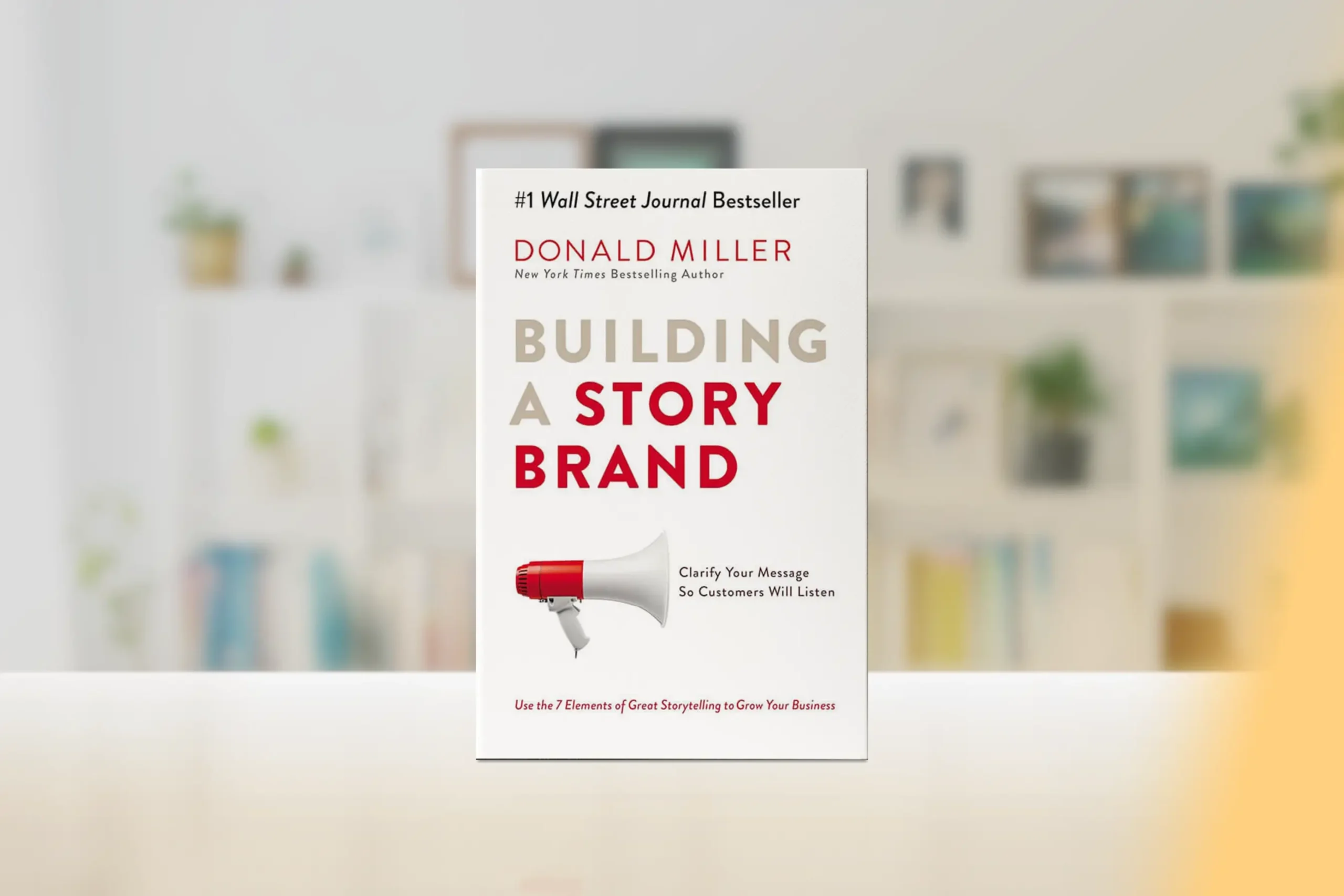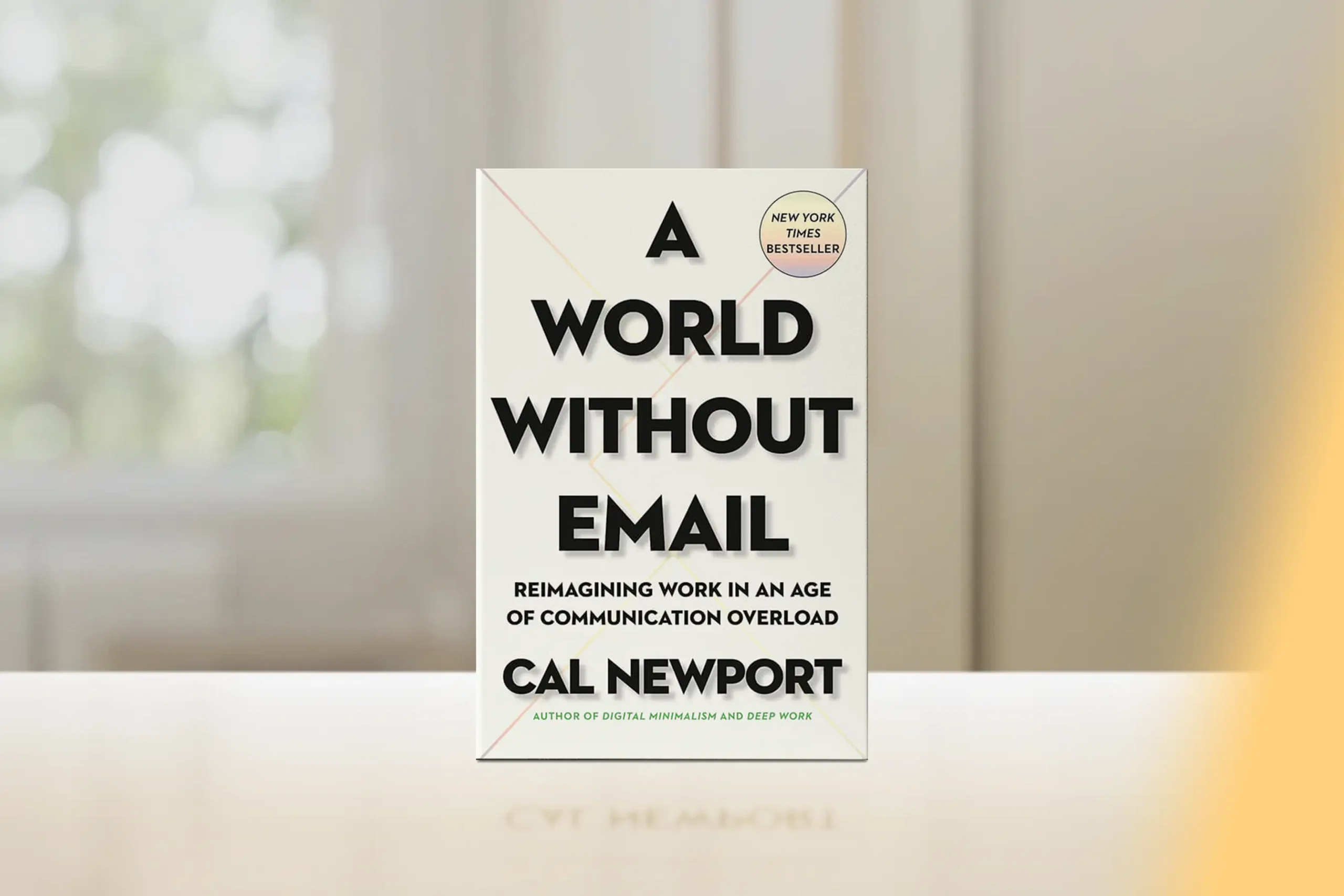Remember that Sunday evening dread or are you struggling to care about work you once loved? These are common signs of burnout. How are we managing career burnout today?
Burnout is common characteristic of modern working life. A Gallup study shows 76% of professionals experience burnout on the job at least sometimes, and 28% say they are burned out “very often” or “always” at work. This staggering prevalence highlights the widespread nature of the problem.
In this article, we’ll explore what burnout is, how to recognize warning signs, and provide practical strategies for both prevention and recovery. Through self-care, boundaries, and support, you can transform your relationship with work and build a sustainable career.
Inside this article:
1. What is Burnout
Burnout is a state of emotional, physical, and mental exhaustion caused by prolonged stress, typically work-related. This is more than just occasional fatigue or a tough week. When experiencing burnout, you may face the following:
- Experience: Feeling overwhelmed, emotionally drained, and unable to meet constant demands
- Impact over time: Reduced motivation and productivity, leading to a diminished sense of accomplishment
- Emotional shift: Passion that once drove your career gradually transforms into detachment and cynicism
- Challenge of detection: Gradual onset makes it difficult to notice until it becomes severe
- Warning signals: Persistent fatigue, irritability, insomnia, difficulty concentrating, and feelings of hopelessness
The good news? Burnout isn’t inevitable. In the following sections, we’ll explore approaches that have helped professionals recover while advancing their careers.
Discover practical boundary-setting strategies in “The Importance of Setting Boundaries for Personal Wellbeing” to enhance both satisfaction and performance.
2. Recognize the Signs of Burnout
Burnout manifests physically and mentally—persistent fatigue coffee can’t touch, tension when seeing emails, mental fog making simple decisions difficult.
Surprisingly, high performers often miss burnout signals the longest. Why? The same traits driving success—persistence, dedication, high standards—mask warning signs until symptoms become severe.
Burnout has three main dimensions:
- Exhaustion: Bone-deep fatigue unrelieved by rest. You’re drained before your day begins.
- Cynicism: Remember your initial industry excitement? Burnout replaces this with detachment and cynicism about your company’s mission.
- Inefficacy: A growing sense your efforts don’t matter. Projects once energizing now feel insurmountable.
Which resonates most with you? Identifying your primary symptoms helps target recovery effectively.
For early detection techniques, explore “Mindfulness and Meditation for a More Balanced Life”.
3. Identify the Causes of Burnout
Burnout has specific triggers that vary from person to person. Understanding the root causes of your particular situation is essential for effective recovery. Six common contributors include:
- Workload: An ever-growing to-do list with no end in sight. Working through lunch or staying late just to keep up.
- Lack of control: Limited autonomy in how you approach tasks. Feeling like a cog rather than a contributor.
- Insufficient reward: Unrecognized effort. When was the last time your work was acknowledged?
- Lack of community: Minimal support from colleagues. Workplace isolation or unhealthy competition.
- Absence of fairness: Inconsistent treatment, favoritism, or disrespect that depletes motivation.
- Misaligned values: A disconnect between your principles and organizational practices.
Interestingly, burnout stems not just from how much we work, but from the conditions under which we work. Identifying your specific triggers is essential for targeted recovery.
For insights on culture and burnout, see “The Creative Edge: How Work-Life Balance Boosts Innovation”.
4. Setting Personal Boundaries
Many professionals find themselves overwhelmed because they haven’t established clear boundaries in their work life. Setting personal boundaries isn’t about doing less—it’s about creating space for your best work on what matters most. Implementation starts with:
- Clarify priorities: Identify the 20% of activities delivering 80% of results. Make strategic decisions about where to invest your energy.
- Establish boundaries: Create protected time for deep work, designated email periods, and clear transitions between work and personal life.
- Communicate needs: Don’t suffer silently assuming others understand your workload. Try: “Given my current priorities, I can take this on if we postpone Project X” or “I’d like to discuss my workload to ensure I’m focusing on what’s most important.”
Surprisingly, well-placed boundaries often earn more respect, not less. The most valued professionals deliver consistently on their most important commitments, not on everything.
For balancing achievement with wellbeing, see “Strategies for High Performers: Balancing Ambition and Mental Health”.
5. Prioritize Self-Care
When I mention self-care to burned-out professionals, many eye-roll. “Who has time when I have 200 unread emails?” But real self-care isn’t indulgence—it’s maintaining the foundation for sustainable performance.
Like a high-performance vehicle needing quality fuel and maintenance, your professional capacity depends on four essential dimensions:
- Physical care: Compare your workday after restful sleep versus tossing and turning all night. Sleep, nutrition, hydration, and movement directly impact your cognitive function and resilience.
- Emotional self-care: When did you last do something purely for joy? Whether connecting with friends or enjoying hobbies, emotional self-care refills depleted reserves.
- Mental self-care: Your brain needs variety and rest. Activities completely different from work—fiction reading, puzzles, learning for fun—enhance professional creativity and problem-solving.
- Spiritual self-care: Connect with what gives your life meaning beyond work through meditation, nature, or contributing to causes you value.
The recovery paradox? Sometimes doing less accomplishes more. Strategic replenishment enhances capacity for focused, quality work.
For science-backed wellbeing practices, see “The Science of Happiness: What Really Makes Us Content”.
6. When to Seek Support
Burnout can feel isolating—as if you’re struggling alone while everyone else thrives. Behind professional facades, many colleagues face similar challenges. Knowing when and how to reach out for support is crucial for recovery.
When should you seek support? Consider reaching out when:
- Your burnout symptoms persist despite self-care efforts
- You find yourself unable to implement boundaries effectively
- Your performance or wellbeing is significantly affected
- You feel stuck or unsure how to move forward
Consider these support avenues:
- Professional allies: Connect with colleagues who’ve navigated similar challenges. They offer both understanding and practical insights.
- Managerial support: Your manager may have flexibility to adjust your workload. Focus conversations on how changes would improve productivity and results, not just stress reduction.
- Formal resources: Employee Assistance Programs and professional coaches provide structured support. Using these resources demonstrates strength, not weakness.
What prevents many from seeking help? Fear that acknowledging burnout signals performance issues. In reality, addressing it proactively shows self-awareness and commitment to sustainable excellence.
For network-building strategies, see “The Compound Effect of Networking: Building a Career-Long Advantage”.
7. Burnout Action Plan
Recovery requires a strategic approach. This plan provides a framework for reclaiming your energy and engagement.
First 30 Days: Assessment & Initial Actions
- Assess your burnout level using the Maslach Burnout Inventory
- Identify your top three burnout contributors
- Schedule a conversation with your manager about workload
- Commit to one micro-habit for each self-care area
The initial phase builds momentum through honest assessment and manageable actions.
Days 31-60: Refinement & Building Resilience
- Adjust work boundaries based on month one learnings
- Eliminate one low-priority task or commitment
- Take a mental health day
- Explore a new non-work interest
This phase deepens sustainable practices by replacing draining activities with energizing ones.
Days 61-90: Integration & Long-Term Strategies
- Reassess burnout levels and progress
- Follow up with your manager on support needs
- Take a longer break (weekend getaway or vacation)
- Commit to ongoing self-care habits
By now, you’re not just recovering—you’re building a sustainable approach preventing future burnout. These practices create a fulfilling, sustainable professional life.
Remember: Managing burnout is ongoing, not a one-time fix. Regular self-assessment and adjustment are essential.
Next Steps
Imagine starting work feeling energized rather than depleted. Picture finishing your day with enough mental bandwidth to be present with loved ones. Envision contributing your best ideas because you’re not just surviving. This vision is entirely possible when you address burnout systematically.
- Reflect on which approach resonates most with your current situation
- Identify one small boundary you could establish this week
- Remember that the journey from burnout to engagement begins with a single intentional step
- Recognize that you have more agency than you realize—your career should fuel your life, not deplete it
- Start today with even the smallest action—for both professional success and the balanced life you deserve
The work landscape will always challenge us, but with consistent attention to your wellbeing, you can transform your relationship with work and reclaim your energy and passion.





